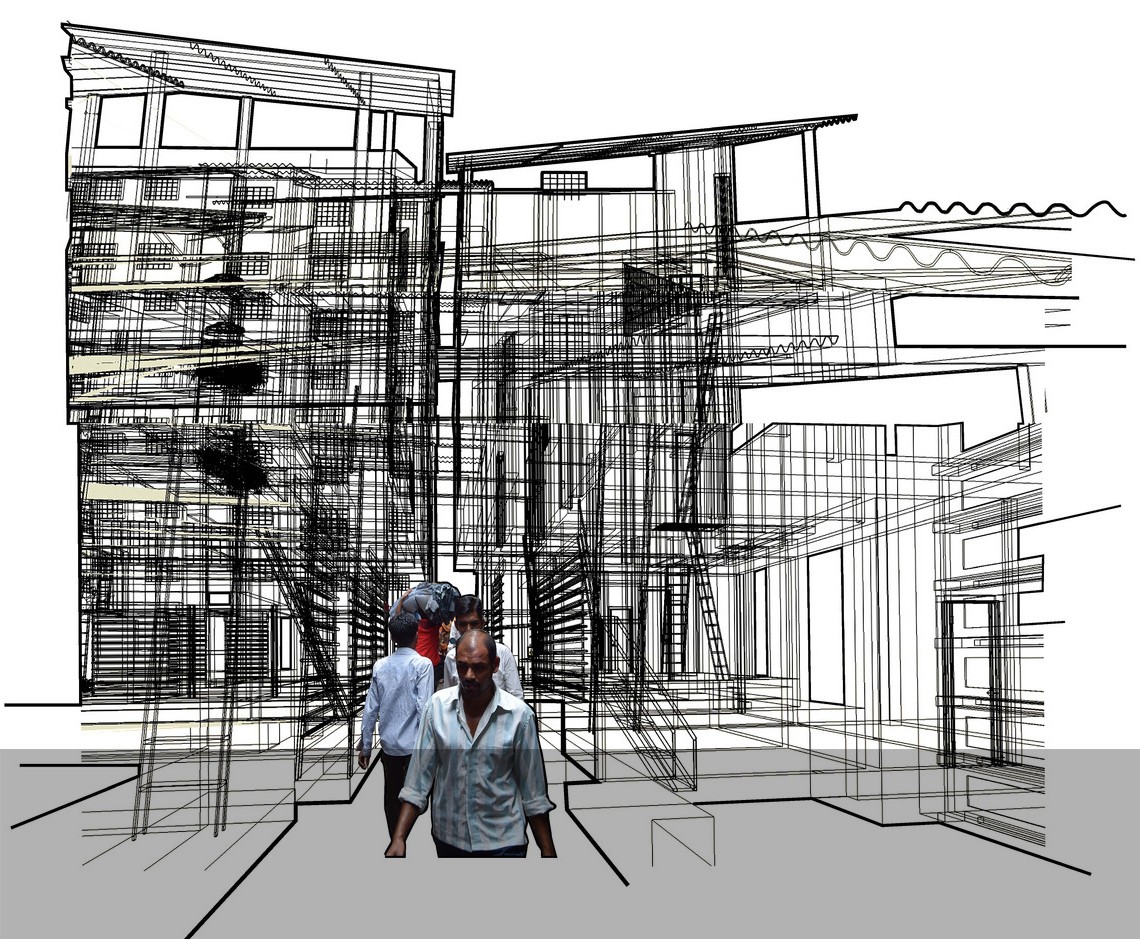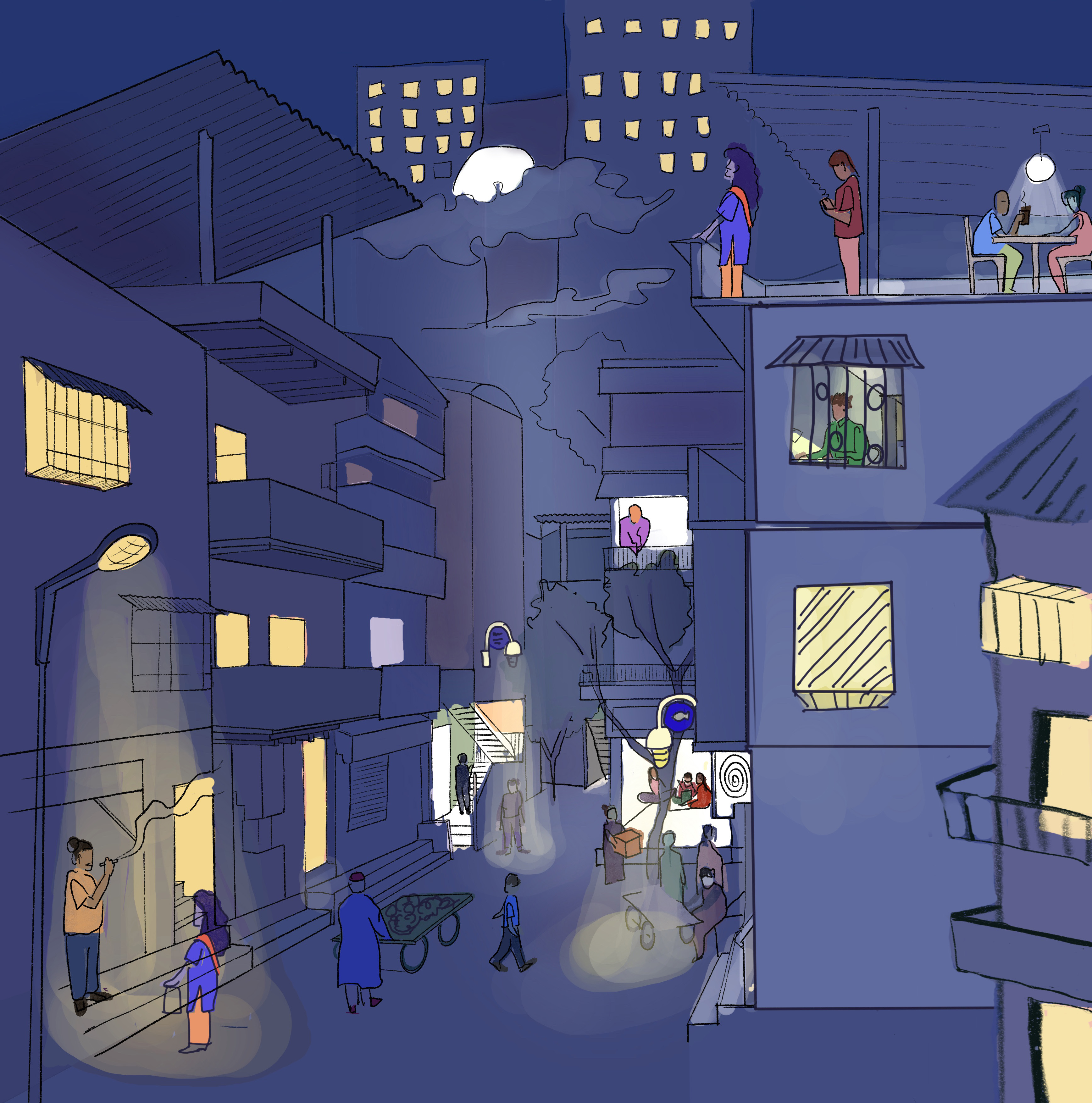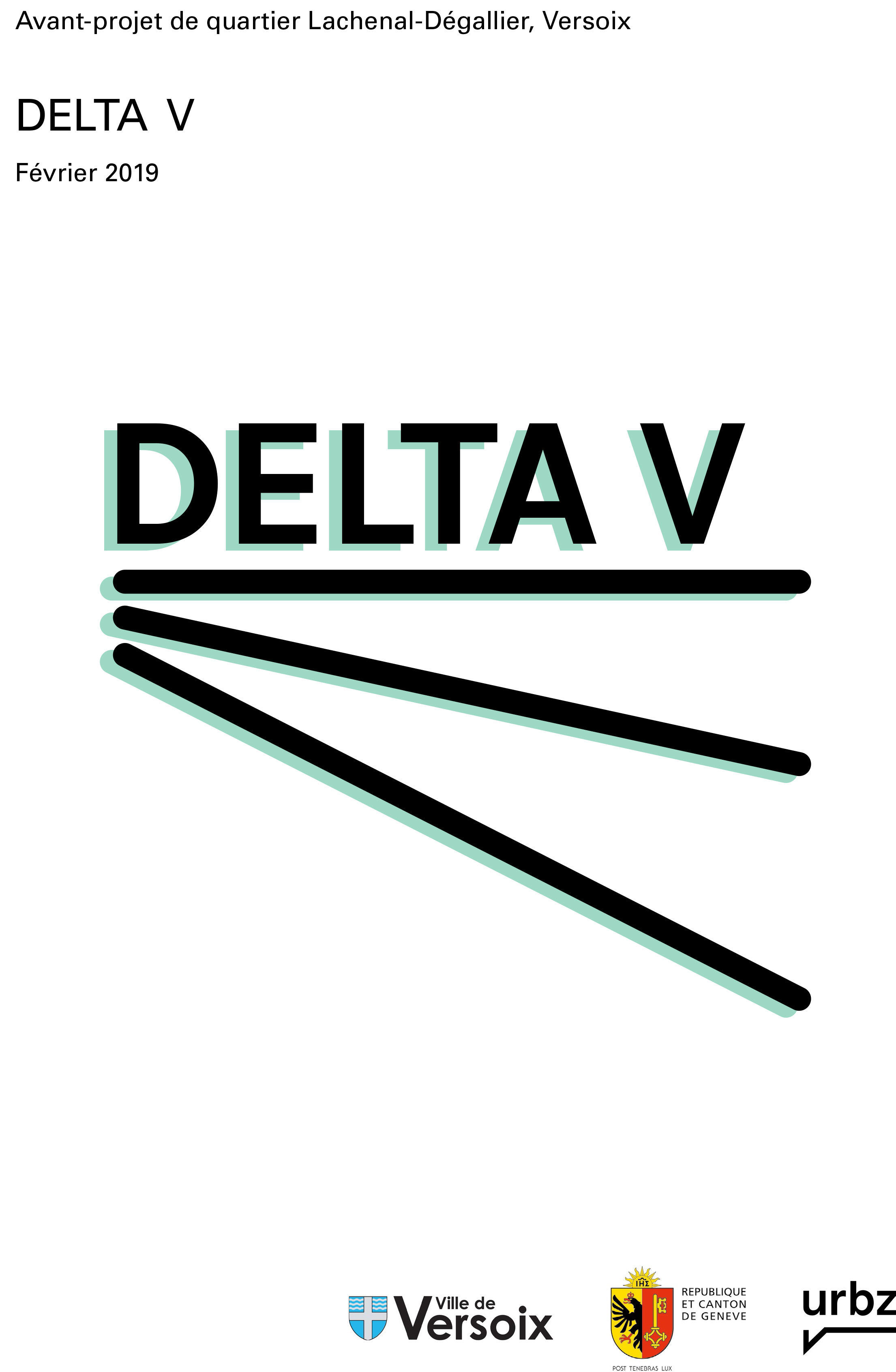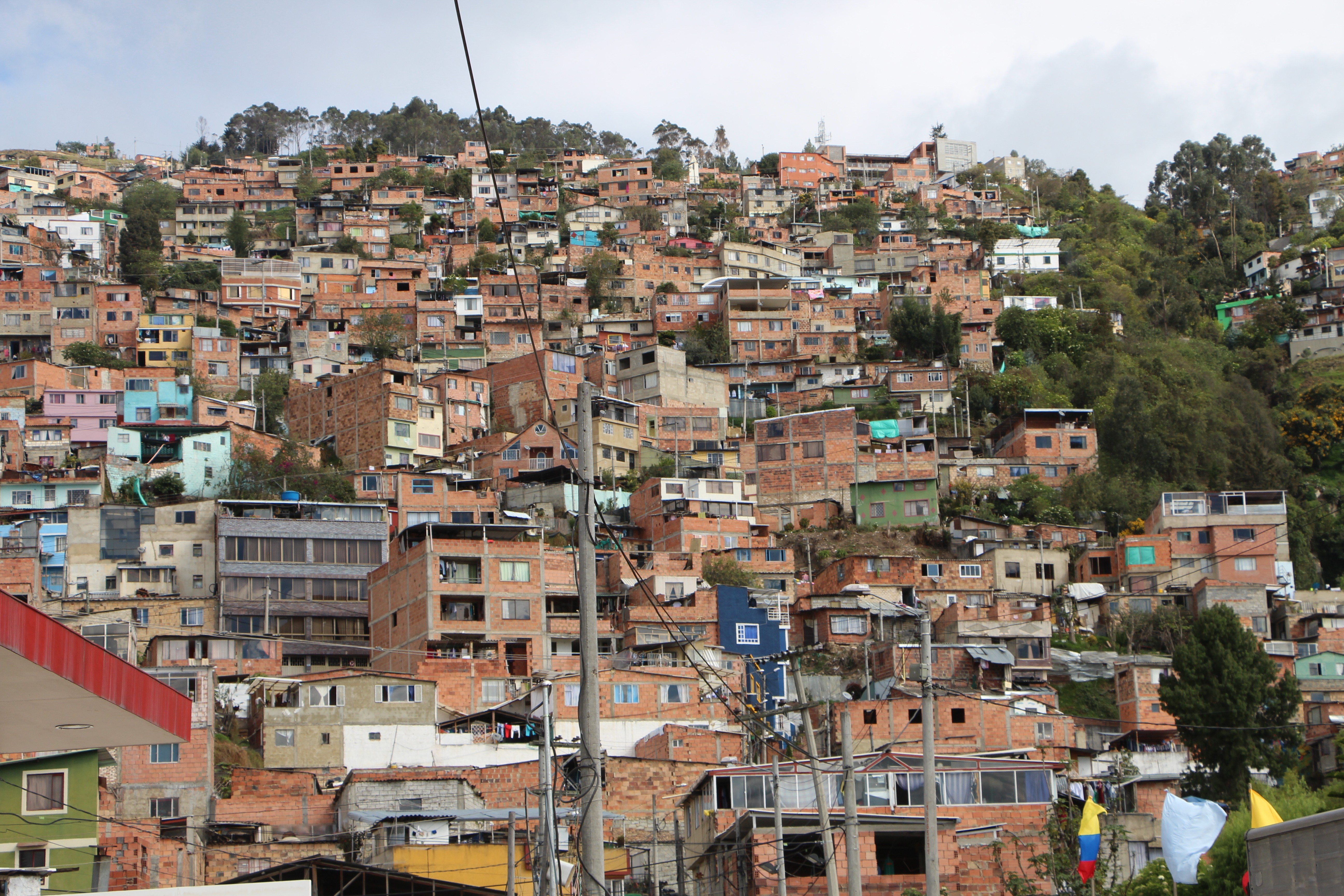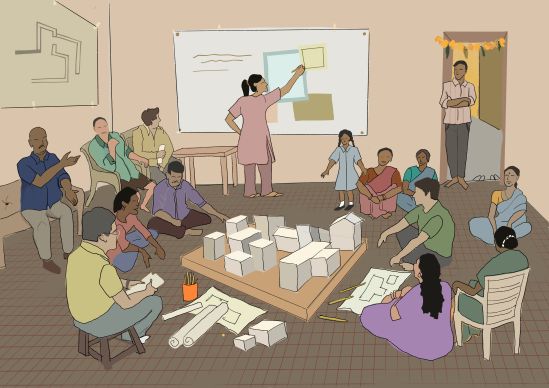A Koliwada in Dharavi
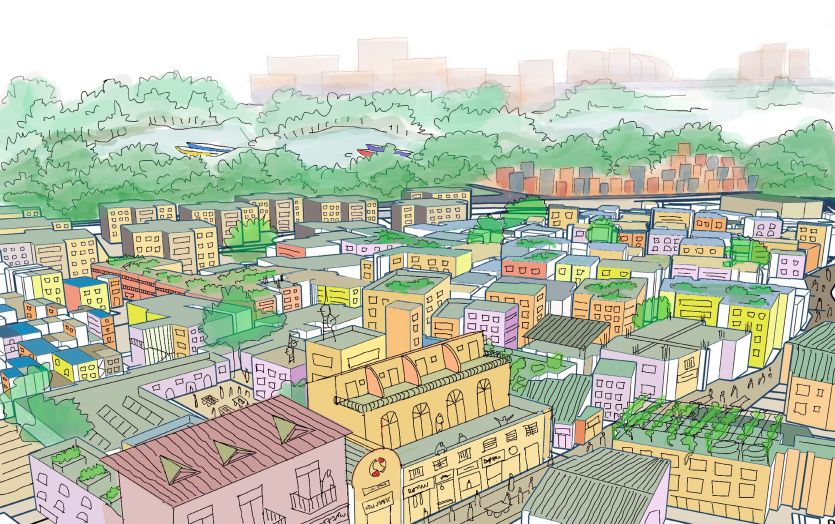
A Koliwada in Dharavi
Urbz was born in 2008 in Dharavi Koliwada, Dharavi, Mumbai, a neighbourhood built without architects or planners, which we see as a laboratory for direct participation. Inspired by the resourcefulness of its inhabitants, we developed methodologies of intervention and planning that we are now deploying here as well as in other cities.
Dharavi Koliwada is an urban fishing village inhabited by the Kolis who are the most ancient inhabitants of Mumbai. Traditionally associated with fishing activities, they have a deep cultural relationship with the sea and rivers of the city. The Koliwada in Dharavi has an area of 125,000 sq mts with about 370 Koli families and around 300 non-Koli families. It is located at the confluence of the Mithi River and the Arabian Sea. The Kolis preserved their identity and claim to their ancestral land against all odds. At the heart of the Koli culture are the sea and the Mithi river, which Kolis celebrate as a living entity. Today, the river has been reduced to a sewer, impeding the use of its water because of high levels of pollution and physical access cut off by roads and metro lines, disconnecting the Kolis from their estuarine ecology. Despite the river being seriously polluted, there are still a few families that rely on fishing for their livelihood. Most of the community is now urbanised with people working in the private and public sectors.
The neighbourhood of Dharavi - often mistakenly called the “largest slum in Asia” - developed around the village of Koliwada. Today, Dharavi is on the brink of a massive redevelopment project, which should generate much profit for the investors but would mean massive displacement for its population.
How can Koliwada, Dharavi, evolve and plan for its future well-being?
Currently, special Gaothan laws are evoked to administer the land use patterns of Koliwadas in Mumbai. These recognise their identity as an urban village and include a different set of clauses for re-development. Until recently, you could not build beyond a certain height, a feature that acted as a deterrent to builders and consequently preserved the village-like habitats of the wadas. Unfortunately, the fact that they were anachronistic habitats in a rapidly transforming urban landscape went against them. Their dependence on the sea for sustenance was rapidly eroded by multiple factors including the declining quality of the ocean’s waters. Besides, the civic authorities did not seriously invest in the villages in terms of improved sewage, roads or other kinds of infrastructural development. Consequently, many of the Koliwadas were treated like other so-called slum neighbourhoods. In many cases, the availability of affordable rental housing in such villages meant a huge expansion of tenant population and a further infrastructural strain.
The Kolis of Dharavi have managed to challenge the government’s attempt to incorporate Koliwada in the Dharavi Redevelopment Project making Dharavi-Koliwada exempt from the redevelopment plans of Dharavi as a whole. However, while on one hand Dharavi-Koliwada has been recognized as falling under the purview of the Gaothan law, on the other the legal provisions of the Gaothans themselves have changed and today the permission for Floor Space Index building and re-development has nearly doubled. This was a huge incentive for builders to enter and make a killing, however, the residents of Dharavi-Koliwada, including local contractors are taking advantage of this provision and controlling the redevelopment process themselves.
This user-driven, incremental redevelopment of Dharavi Koliwada absorbs the complications of tenancy and land ownership, while also respecting the community’s traditional needs as well as their dependence on rent from tenants. This incremental redevelopment by Koli landlords is cross-subsidized by the sale of market-rate condos and commercial spaces.
Since then we have been approached by several contractors in Dharavi Koliwada to work with them on chawl redevelopment projects in the neighbourhood. We have completed 7 mixed-use projects since 2016, including the Koli Jamat building and are currently working on 6 new projects.
The proposed neighbourhood-scale project, supported by re:arc Institute, picks up from the Urban Typhoon workshop held in Dharavi Koliwada in 2008. The project promotes the user-driven, incremental redevelopment of Dharavi Koliwada which if rescued from the binary of the slum/high-rise, can be crucial to providing practical solutions to the global urban housing crisis.
More about the project in our next post!



















